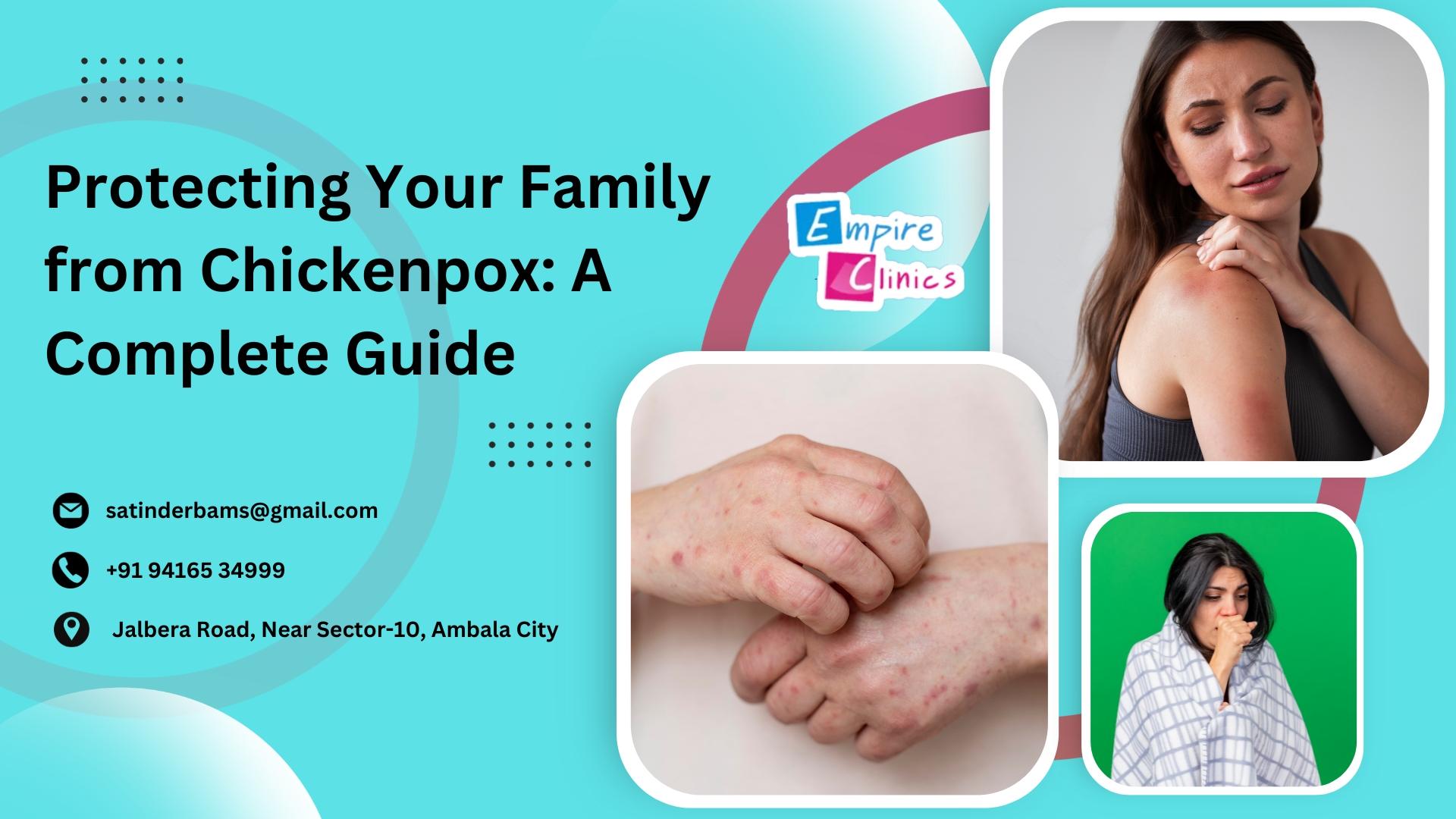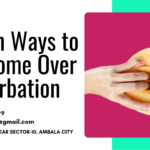Chickenpox is a common illness, especially among kids, and it can spread quite easily. Let's learn about the ways in which varicella can be passed from one person to another in simple terms.
- Direct Contact: When someone has varicella, they can pass it on to others by being close to them. If they cough, sneeze, or talk, tiny drops from their mouth can carry the varicella virus. If these drops land in someone else's mouth, nose, or eyes, they might catch the virus. So, hugging, touching, or being very close to someone with varicella can make you sick too.
- Breathing: The chickenpox virus can also float in the air. When a person with varicella breathes out or talks, the virus can hang around in the air for a little while. If someone else breathes in this air, they might get infected. That's why it's important to stay away from people who have varicella if you're not immune.
- Touching Things: Chickenpox can spread through things or surfaces that have the virus on them. For example, if an infected person touches a doorknob, a toy, or a cup, they can leave the virus behind. If someone else touches that object and then their mouth or face, they might get varicella too.
When Is It Most Contagious? varicella is most contagious just before the rash appears and while the rash is still there. It's important to stay away from people with chickenpox during this time because that's when they can easily spread the virus.
What is the difference between smallpox and chickenpox?
Smallpox and varicella are not the same. They are caused by different viruses. Smallpox is a very serious and deadly disease, while varicella is usually less severe and not often life-threatening. Smallpox has been eradicated from the world, meaning it doesn't exist anymore in people. varicella is still around, and there is a vaccine to protect against it. The rashes they cause also look different, with smallpox rashes being more severe, and varicella rashes starting as small red spots that turn into blisters. So, the main differences are the viruses, the seriousness of the diseases, the vaccine availability, and how their rashes appear.
Symptoms of Chickenpox:
1. Rash: varicella starts with red spots that turn into itchy blisters. They can be all over the body.
2. Fever: You may have a mild to high fever, making you feel hot and unwell.
3. Tiredness: varicella can make you feel tired and weak.
4. Itching: The blisters can be very itchy, and scratching them can make things worse.
5. Headache: You might get a headache, which feels like pain in your head.
6. Sore Throat: Your throat may feel scratchy and sore.
7. Loss of Appetite: You might not feel like eating much when you have varicella.
Causes of Chickenpox:
1. Virus: varicella is caused by the varicella-zoster virus, and it spreads from person to person.
2. Coughing and Sneezing: If an infected person coughs or sneezes, tiny droplets with the virus can get into the air and be inhaled by others.
3. Direct Contact: Touching someone with varicella or their blisters can transfer the virus.
4. Contaminated Objects: The virus can live on objects like toys or doorknobs, so touching these and then your face can make you sick.







